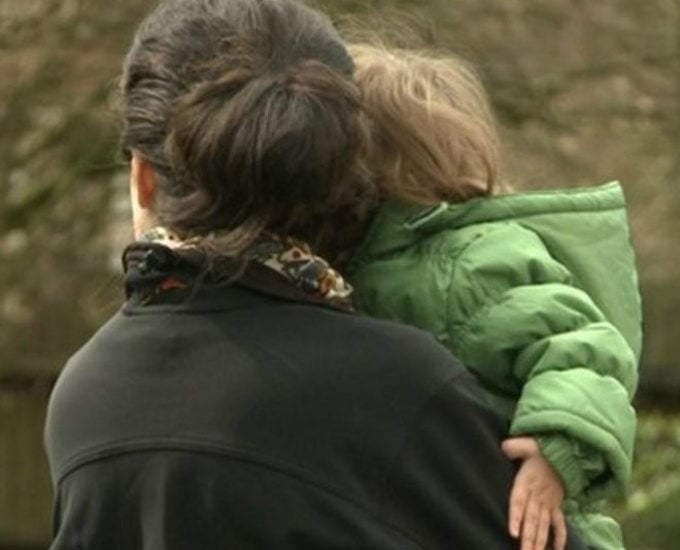
KJIPUKTUK (Halifax) – We’ve seen 50 International Women’s Days and 50 Mother’s Days come and go and the childcare situation is still dire. How many times have the Liberals dropped the ball with a national childcare plan? The chart below shows that over five decades, recommendations from national advocacy groups have fallen on deaf ears of both the Liberal and the Conservative governments. Worse still, over 50 years, government after government has promised to establish a national childcare plan and has never delivered.
| Body or Government | Year | $ Allocation | What happened |
| Royal Commission on the Status of Women (under Liberal government) | 1970 | — | Recommended publicly funded universal childcare |
| Canadian Commission for the International Year of the Child(under Liberal government) | 1979 | — | Recommended government subsidized childcare |
| Conservative government (under Brian Mulroney) | 1984 | — | Promised to introduce a national childcare program |
| Task Force on Childcare Report (first commissioned under Liberals) | 1986 | — | Recommended federal-provincial cost sharing agreement similar to public health and education |
| Conservatives (under Mulroney) | 1987 | $5.4 billion plan | To create 200K new child care spaces across Canada |
| Conservatives | 1988 | Died on order paper | Do not create national childcare plan, due to federal election |
| Liberals (under Jean Chretien) | 1993 | — | Wait until the economic times improve; at the same time Fin. Minister Paul Martin gutted social programs including daycare |
| Liberals (under Paul Martin) | 2003 | — | Appointed Ken Dryden (Min. of Social Development) to cross the country to get provincial buy-in to childcare |
| Liberals (under Martin) | 2005 | $5 billion | Promised $5 billion for a 5-year plan for childcare—never materialized |
| Conservatives (under Stephen Harper) | 2006 | $100/mo. per family with child under age 6 | Instituted subsidy to parents for use for care or child staying home. Also promised $250 million/yr to create more childcare spaces but the money simply went to the provinces, not specifically for childcare. |
| Liberals (under Justin Trudeau) budget | 2017 March | $7 billion | Pledged $7 bn over next 10 years for childcare, for 40K subsidized spaces over next 3 years alone |
| Throne Speech (underTrudeau & Liberals) | 2020 September | commitment to build a national child-care system, no specifics | |
| Liberals (under Trudeau) | 2020 November | $400 million+ $20 million | Committed to $400 mill to train and hire more Early Childhood Educators (ECE), and $20 mill for a childcare secretariat to plan for a national childcare strategy. |
In this week’s federal government fiscal update, Deputy Prime Minister Chrystia Freeland weighed into the fray. She noted she is a mother and she knows that childcare care is an absolute “must” if Canada was to recover from the recession caused by the Covid-19 pandemic.
But Canadian economist Armine Yalnizyan questions how that is going to happen. As she put it, there is “no recovery without she-covery, no she-covery without child care.”
Yalnizyan coined the phrase “she-cession”near the start of the Covid crisis. Yalnizyan believes the she-session will give way to a “he-covery,” with men more likely to go back to work first. She’s right. In fact the latest figures show that between February and October 2020, women lost more than 20,600 jobs while men gained more than 68,000 jobs.
The figures also are clear that women in two age groups are exiting the workforce quicker than men. The first leavers are women from 20-24 years old, and the second are women aged 35-39. The younger women are no longer able to find jobs in hotels, restaurants and bars, since most have been slowed and even permanently shut down due to Covid. Women in their 30s are being shut out of the workplace for two reasons. First, because employers are closing, or jobs cannot be done from home. Second, women face the prospect of losing their jobs because of spotty attendance due to unpredictable childcare centre and school closures.
According to a report by RBC, one in three women who lost jobs between February and June did not even look for work. Because most schools and childcare centres were closed for three months, women (both single and married) had to stay home to look after their children. Staying at home puts them at high risk of losing their jobs entirely, diminishing future earnings and promotions, and shortchanging their pension contributions.
The Covid shutdown has brought women to the lowest level of participation in the paid labour force in three decades. Women’s unemployment surpassed men’s for the first time in 30 years. By June 2020, women had lost 45% of the jobs in the service sector. Even when restaurants and bars started to re-open in the summer, women regained only 35% of those service jobs. This was due to the fact many service jobs had vanished.
In the pandemic’s first wave, CERB (the Canada Emergency Response Benefit) made it possible for women, especially single mothers with children, to keep a roof over their heads and put food on their tables. The $2,000 every four weeks was significant for women, as they tend to work fewer hours and earn less per hour than their men. More women took advantage of CERB than men, likely because women–used to earning low wages– found the guaranteed income, that did not require a means-test, a godsend. By contrast, in the US, the Federal Pandemic Unemployment Compensation, which provided a weekly benefit $600, ended on July 31. And a recent report Women in the Workplace 2020, claims that one quarter of women are considering “downshifting their careers or leaving the workforce completely.”
Is there an economic war on women? I ask you to judge for yourself.
Judy Haiven is on the steering committee of Equity Watch, an organization that fights discrimination, bullying and racism in the workplace. Contact her at equitywatchns@gmail.com
With a special thanks to our generous donors who make publication of the Nova Scotia Advocate possible.
Subscribe to the Nova Scotia Advocate weekly digest and never miss an article again. It’s free!




Wow. This is so thorough. Thank you!
welcome! If you are interested in Equity Watch, see our FB page.